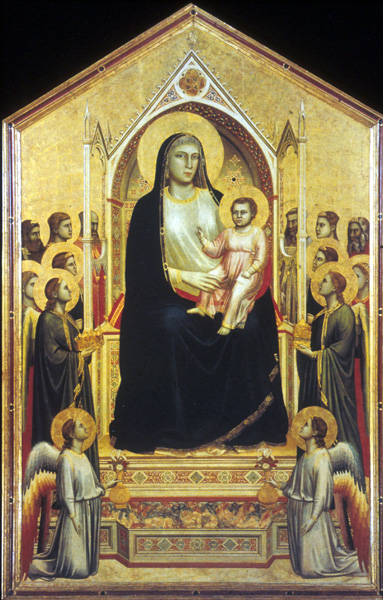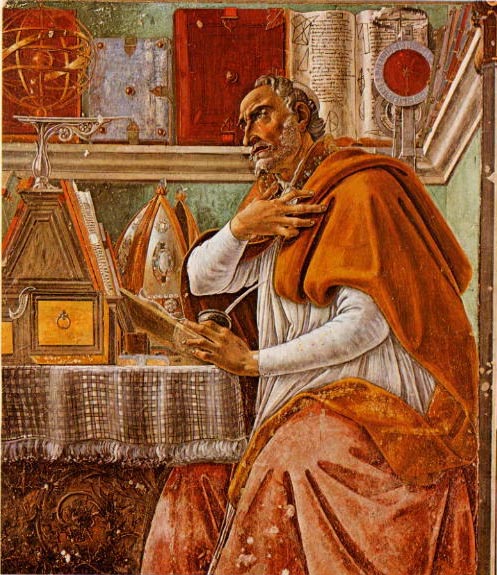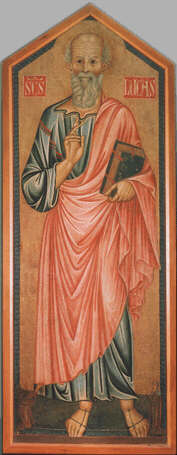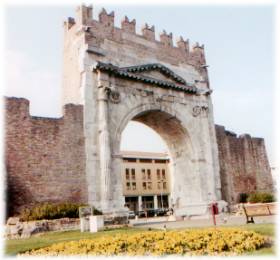07 Renaissance in the Visual Arts
Accounting for art
Example: Florence, Church of Ognissanti

Giotto di Bondone, 1256-1337, Ognissanti Madonna

Sandro Botticelli, St. Augustine, 1480

work of art
- How was it made? By whom? original location? original use?
- Who paid for it? What was their relationship with the artist? With the location of the work?
- Style. What are the norms? Did the artist meet those norms? Change them?
producers: the artists
- Who are artists in sociological terms? How does this change?
- What kinds of education do they have?
Our example: Florence
- naturalism (painting)
- ancient models (architecture)
- linear perspective
humanists: texts; artists; patrons
public competition
“Art” and “The Arts” as categories
Modern
Renaissance: no system of “the arts”
Ars: as opposed to Nature; to Science
ex: Arte della Lana
Scholarly disciplines: Liberal arts; Humanities; Mechanical arts
- visual arts: mechanical arts
- poetry: humanities;
- music: quadrivium
guilds
Production of art
Kinds produced ca. 1400
- religious
- public art and architecture
- private: palazzi, villas
Religious art. Who pays for it: mostly private
papacy? (only local patronage)
buildings
chapels in churches
private religious art for home meditation
urban guilds may also patronize religious buildings as units
changes in worship affect art
ex: mendicant orders
patronage relationships
“The Customer”
- Paying for a specific object
- Deliberate support of an individual’s career
- Support of some form of expression
shop as location of production
- independent business
- Some commissions by competition
- contracts
changes by ca. 1500
–Baxandall
Changes in artistic style I: Drama and realism in painting
Italy ca 1250: several imported traditions, then innovation
- Byzantine
- French: “International Gothic” style
- Friars emotional response on part of viewer
- Ancient models: almost none before 1500
inspire admiration

Maddalena master: S. Luca, late 13th c (Uffizi)
Leon Battista Alberti 1404-72
- Padua education
- law degree (Bologna); cleric; at Florence cathedral
council of Florence, Eugenius IV:
(Masaccio, Brunelleschi, Donatello)
Discovery of Vitruvius On Architecture: 1st c BCE (prob. after 27)
- Petrarch; Poggio Bracciolini
- published: Rome, 1486
- ancient rules, ancient examples
- Architect as learned person (like Quintilian, Cicero)

Rimini, arch of Augustus
Changes in artistic style II: Perspective in painting
— Alberti, Brunelleschi
quadrivium: add perspective/optics?
Piero della Francesca, Luca Pacioli
artists need education
Influence of humanists on subject matter

Botticelli, Calumny of Apelles
